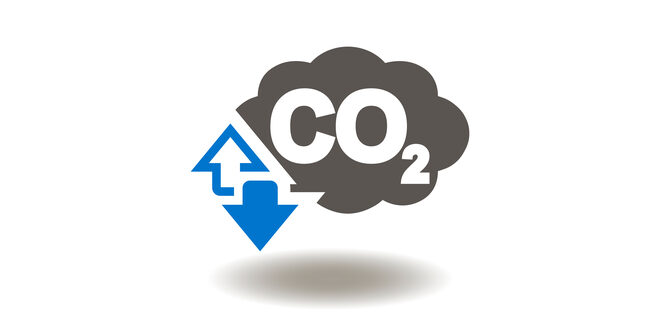A new report issued earlier this week by the California Environmental Protection Agency (CAEPA) shows that at least half of California’s landfill-bound food waste could be processed at the state’s wastewater treatment plants and serve as an innovative power source.
Waste can be “co-digested” at these facilities, which involves adding organic wastes including municipal food scraps and industrial food processing wastes such as chicken blood to a facility’s anaerobic digester.
Through a survey of more than 200 wastewater treatment plants in California, the report finds that many have existing anaerobic digestion capacity to accommodate diverted food waste.
“We release this report just as California is experiencing the very real impacts of climate change,” said Jared Blumenfeld, California’s Secretary for Environmental Protection. “As our environmental problems become more tangled, we have to start planning for cross-cutting solutions like this. Co-digestion can be a triple threat against climate change: it can reduce organic waste in landfills while cutting greenhouse gas emissions and helping to clean wastewater.”
The report estimates the statewide capital investments required to use the co-digestion capacity range between $900 million and $1.4 billion, while the net benefits to the state could be up to $255 million each year.
Also, according to the CAEPA, maximizing co-digestion capacity could reduce statewide greenhouse gas emissions by as much as 2.4 million metric tons of CO2-equivalent per year.
“The report’s findings are very promising,” said State Water Board Chair E. Joaquin Esquivel. “It shows California’s wastewater treatment plants have the existing anaerobic digestion capacity to accommodate at least half of California’s landfilled food waste—likely more. We look forward to working with our industry partners to get more of these projects off the ground.”
The full report can be found at https://www.waterboards.ca.gov/water_issues/programs/climate/.
 California Water News Daily Your Source For Water News in California
California Water News Daily Your Source For Water News in California


